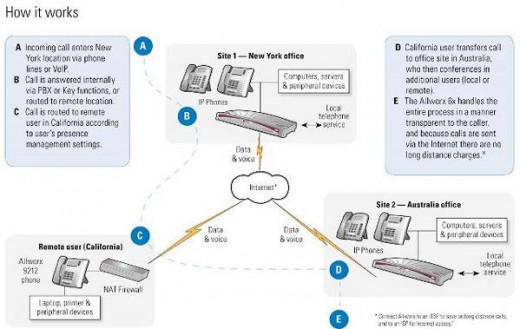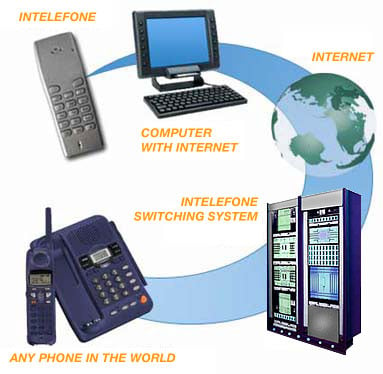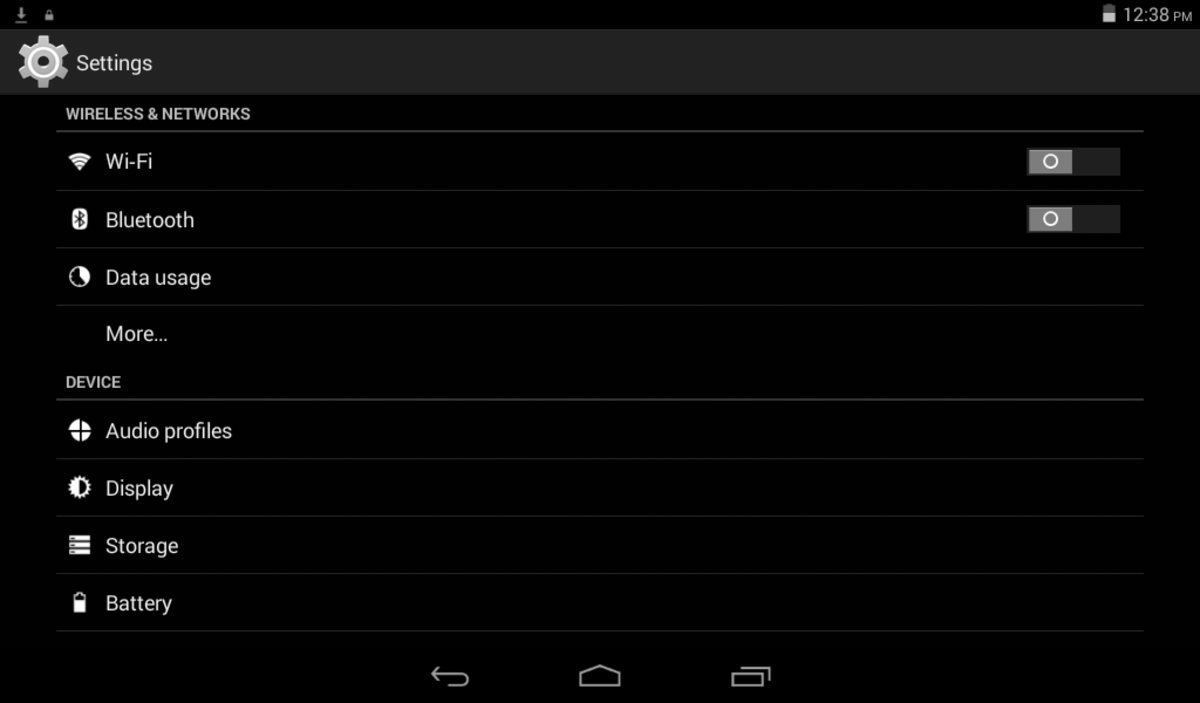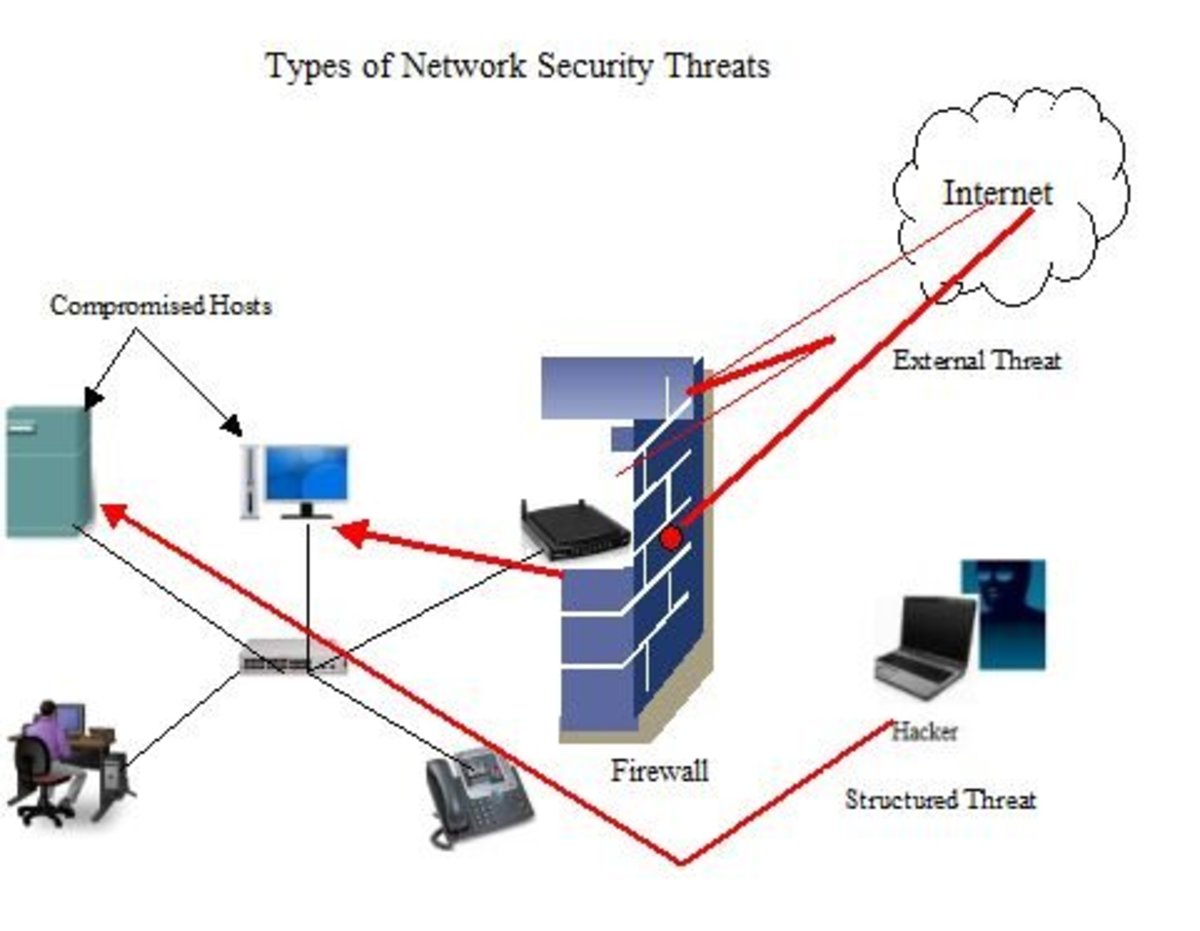How VoIP phone works using Voice over Internet Protocol

How VoIP works? Voice over Internet Protocol:
Voice over Internet Protocol or VoIP service is used for communicating using the Internet protocol. Many years ago, it had been discovered that sending a signal to some remote destination could also be done digitally and before sending the signal, it should be scanned with an analog to digital converter (ADC) and then transmitting and transforming the target endpoint format again required analog with a digital to analog converter (DAC).
Now (Voice over Internet Protocol) VoIP works by digitalizing the voice in data packets and sending it through the network and then switching to voice at the destination. Basically, the process starts with analog phone signal digitized in pulse code modulation (PCM) by the voice decoder or codec.
The pulse code modulation samples are then passed to compression algorithm, which compresses the voice and then splits it into packets that can be easily transmitted through a private network or WAN.
Now, at the other end, the same procedure is performed with exactly the same functions but in reverse order.
Now depending on how a network is configured, the gateway or the router can perform the following tasks, i.e., encoding, decoding, and/or compression. For example, if there is a system that uses analog voice, then the gateway or the router performs all the functions mentioned above.
If on the other end, the device, which is being used, is a digital PBX, then it is this function which performs the decoding and the encoding and the router remains dedicated to processing the pulse code modulation samples that are being sent to PBX.

How VoIP works on Public Internet
In a case where the transportation or transmitting of voice is performed on public Internet, we need an interface between the IP network and the phone network which is simply called gateway which is in charge of the emitter side to convert compressed packet voice in analog signal and IP to be able to be transported across the whole network.
The receiver side then reverses the same functions since it is required to unpack the already acquired IP packets that it has received from the network and then reconstructs the whole data message to its previous original analog form thereby driving it again to the traditional telephone network for transportation to final destination.
After understanding the technical aspect of how VoIP works, it is really important to note that all networks used should have some or other way of addressing routing and signaling features because routing is required to identify destination and source of calls and is also used to associate different classes of service on each and every call depending on the priority list, so routing is the best way of forwarding packages from source to destination and carries or transports information via the network more efficiently.








